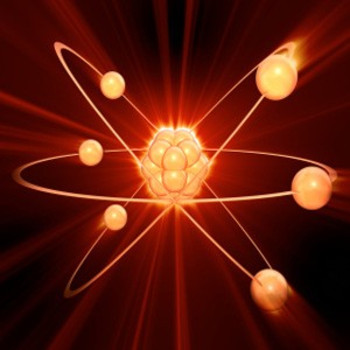How do the anterior and posterior lobes of the pituitary differ?
1 Answer
They differ in how they are regulated and what hormones they excrete.
Explanation:
The pituitary gland is a small but important endocrine gland, located at the base of the brain. This gland regulates the function of all other endocrine glands in the body.
The pituitary is under direct control of a part of the brain called the hypothalamus. The pituitary gland can be divided into an anterior and a posterior lobe.
The anterior lobe is also called the adenohypophysis. This lobe produces responds to hormones that come from the hypothalamus through the vessels that connect them. The cells in the lobe produce several hormones:
- adrenocorticotropic hormone (ACTH)
- follicle-stimulating hormone (FSH)
- luteinizing hormone (LH)
- prolactin
- growth hormone (GH)
- thyroid stimulating hormone (TSH)
The posterior lobe is called the neurohypophysis. This part doesn't produce hormones itself. It is connected to the hypothalamus via nerves. The hypothalamus produces the hormones and delivers it through these nerves to the posterior lobe. The posterior lobe stores and releases the hormones:
- antidiuretic hormone (ADH)
- oxytocin

